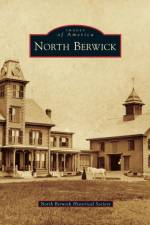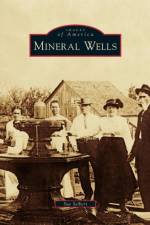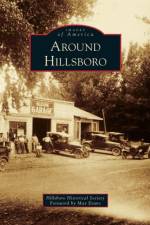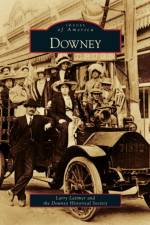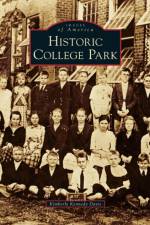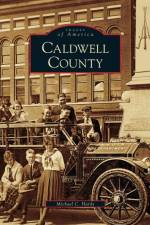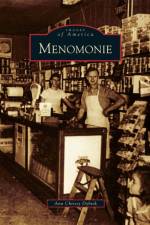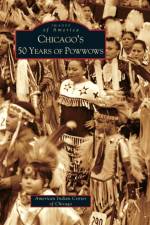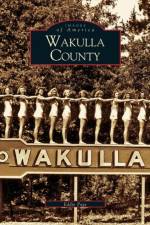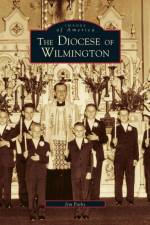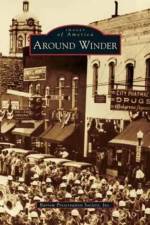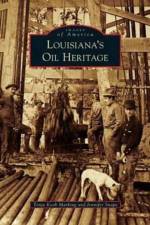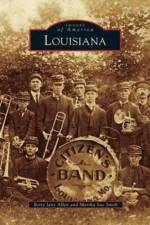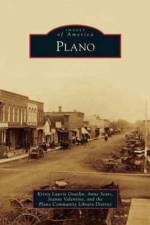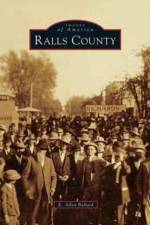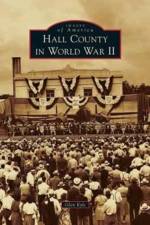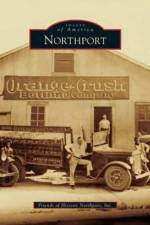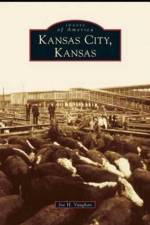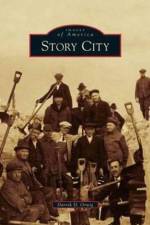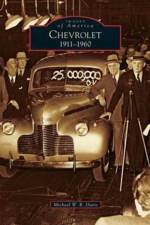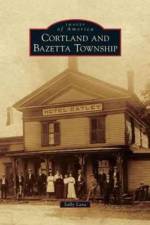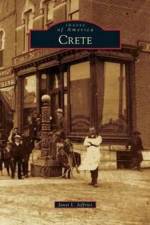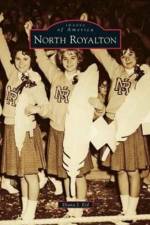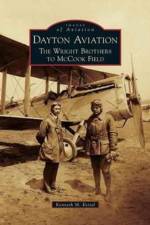av Max Evans & Hillsboro Historical Society
387
Hillsboro, Kingston, and Lake Valley developed in 1877 with the discovery of gold and silver. The towns were interconnected, and the history of one cannot be discussed without the others. Hillsboro became the center of commerce and law, and from 1884 to 1939 it was the Sierra County seat. Mining created the towns, but cattle, sheep, and goat ranching provided a more stable economic base. The towns remain surrounded by large ranches, some still owned by the original families'' descendants. When the mines played out, Lake Valley became a ghost town; Hillsboro and Kingston are now quiet villages with a mix of old families, writers, artists, and retirees. The area had its share of Indian wars, range conflicts, prostitutes, rustlers, floods, and politicos who rose to fame and fell in shame, but it also had hardworking businessmen, miners, and cowboys who lived peaceful daily lives. The authors of Around Hillsboro acknowledge the sensational and newsworthy events of the area''s history while heralding the people who provided a productive but less visible part of it.


